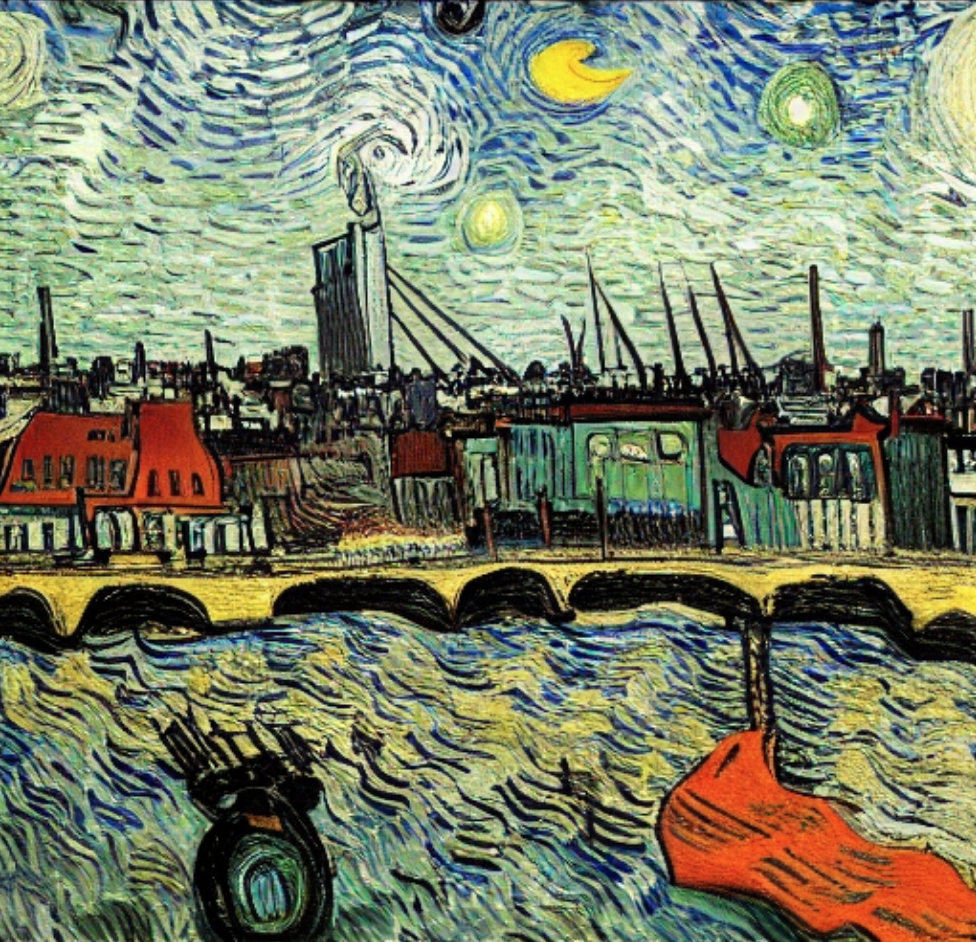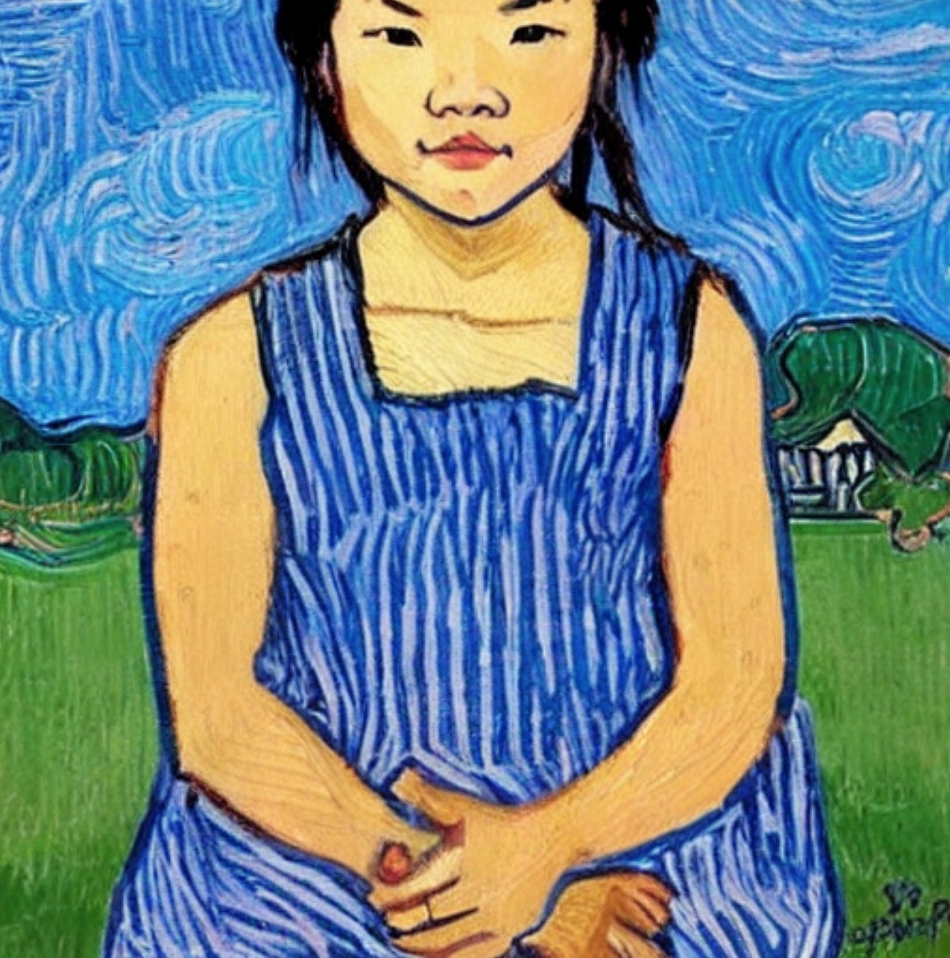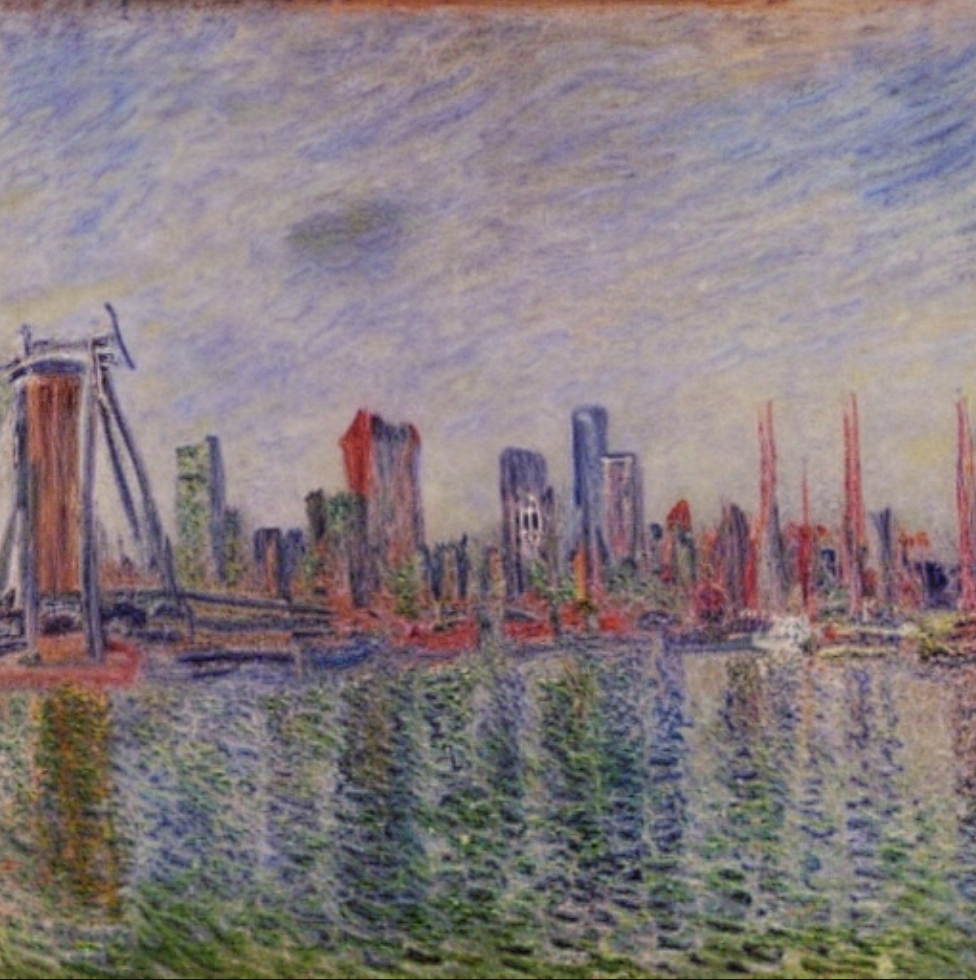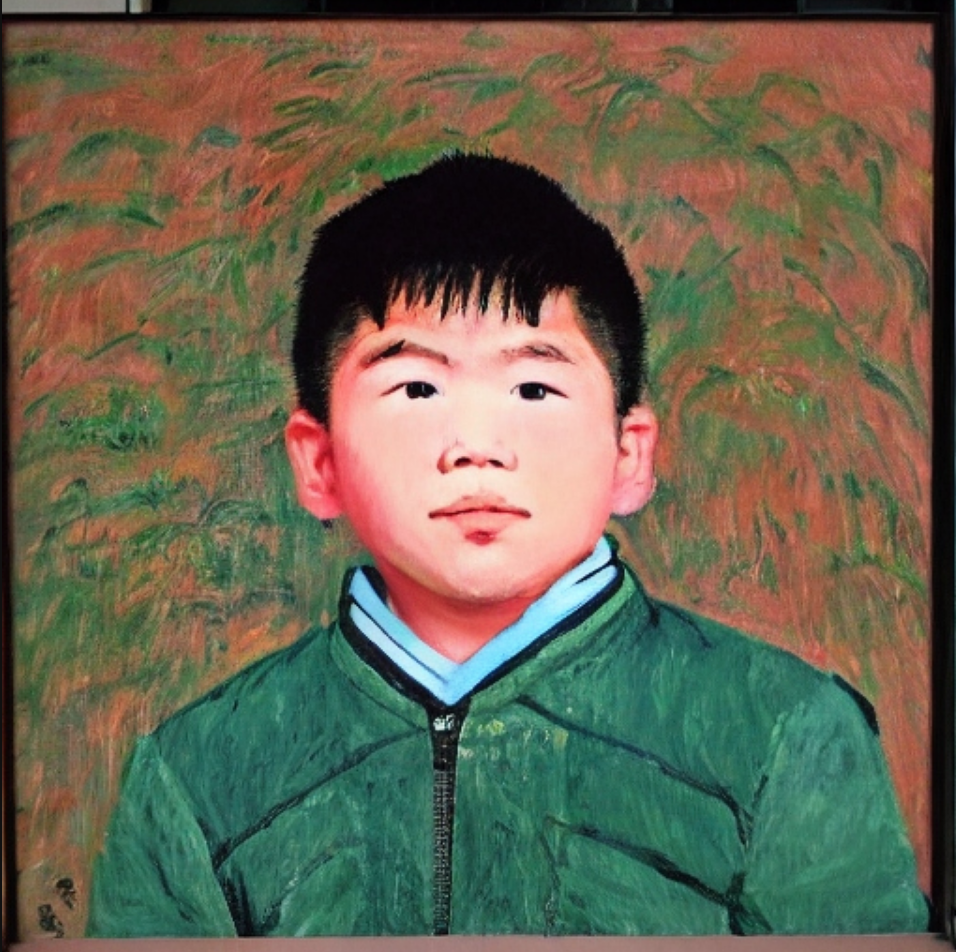There has been an intriguing convergence between art and technology. Imagine having the ability to paint a vibrant urban panorama that perfectly captures the spirit of Vincent van Gogh’s post-impressionistic style or a cityscape with dreamy brushstrokes reminiscent of Claude Monet. This blog explores how well DeepAI, a text-to-image generator, could replicate the techniques of these renowned (and my favourite) artists as we go on a journey through the worlds of art and artificial intelligence.
As you all must know, Vincent van Gogh is one of the most influential figures in the history of Western art. His paintings are known for their expressionism and bold use of color, as many of you know his iconic art piece “The Starry Night”. As a fan of his brushwork and the use of vibrant use of color, I was curious to see how well generative AI would capture his technique and recreate some of the landscapes. In addition to the relatively simple prompt, I will challenge the generative AI by asking it to create a drawing that is not a very common object for van Gogh to draw.
My first prompt was “A Rotterdam Landscape in the Style of van Gogh”

In my opinion, AI did a decent job of capturing van Gogh’s signature brushwork and the use of vivid colors. It is not surprising that AI drew a landscape of nighttime as many of van Gogh’s paintings depict nighttime.
Now, I will challenge the AI by asking it to draw a “Portrait of an Asian girl in front of a swimming pool”.

The result was quite interesting. Since van Gogh never drawn an Asian person, the drawing AI generated looks unnatural, however, overall the brushwork reminds the style of van Gogh. Nevertheless, compared to the previous result of the Rotterdam landscape, it lacks in detail and the element of “swimming pool” is ignored.
In addition to replicating van Gogh’s drawing techniques, I decided to experiment with replicating the style of Claude Monet. Claude Monet is renowned for being the father of impressionism a style that conveys a sense of the fleeting moment. In contrast to van Gogh, Monet often used soft and pastel tones to depict the subtle effects of light, color and atmosphere in nature.
First, I asked it to draw a “Rotterdam landscape in the style of Claude Monet”

Again, when it comes to simple and easy prompts, AI does manage to capture Monet’s unique characteristics of landscape art.
I then tried to push the boundaries by asking for “A portrait of an Asian boy in Tokyo in the style of Claude Monet”. As Monet never depicted a city scenery or an Asian object, I was very curious as to how AI would incorporate this unexpected prompt.

I again ended up getting a completely random drawing that was unrecognizable as Monet’s style. The boy looks like a picture rather than a drawing, and it ignored the prompt of “Tokyo”.
The experiment highlights the incredible potential of AI in replicating established artistic styles such as van Gogh’s vibrant colour use and swirling patterns, or Monet’s dreamy pastel colour palettes. On the contrary, it also underscores the importance of context and subject matter. AI is a powerful tool, but just like any artist, it only thrives within its familiar domains. If you also have any interesting results using text-to-image tools, please share them with us!
